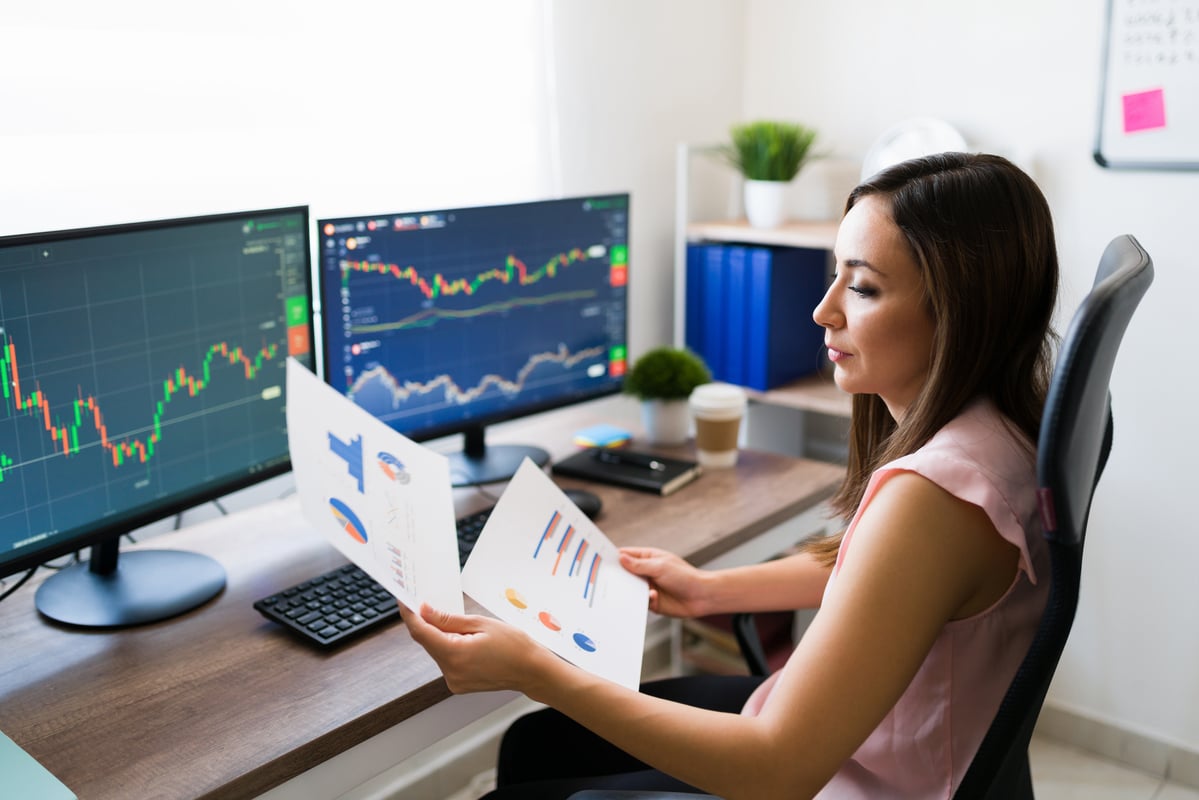Most investors should focus on buying well-run companies. That sounds obvious, but it can be harder than you think. One shortcut to finding such industry-leading names is to start with companies that have increased their dividends for at least 25 consecutive years, also known as Dividend Aristocrats. You don't achieve that kind of dividend track record by accident.
On that score, a company like Procter & Gamble (PG +1.46%), with over six decades of dividend hikes under its belt, looks like a top pick. Unfortunately, it's not such a great opportunity today. Here's why a great company isn't always a great buy.
Looking pretty good
At first blush, investors will probably love what they see at P&G. It sells products that people around the world use on a daily basis and need to be replaced frequently. Nothing it sells, from toothpaste to paper towels, is so expensive that consumers would be likely to stop using the products during hard times. In fact, customers often get attached to its products, sticking with them despite a premium price no matter what is going on in the economy. For these reasons, like many of its consumer staples peers, it is seen as a defensive stock.

Image source: Getty Images
That said, P&G isn't just a manufacturer. It's really more of a brand manager. It excels at creating, distributing, and promoting leading brands, with a list that includes iconic names such as Bounty, Pampers, Tide, and Crest, among many others. Just a few years ago it even doubled down on this strategy, selling off smaller, less profitable brands that it had collected over the years to focus on the biggest and most profitable names in its portfolio.
Recent performance has shown that it chose a wise path. For example, organic sales advanced 5% in fiscal 2019 and core earnings grew by 7%. While those numbers don't sound particularly impressive, P&G is best thought of as a slow and steady tortoise. And it achieved these results despite facing a number of headwinds, including increased competition from brands born on the internet and waning global growth. The company's slow and steady growth continued through the first six months of fiscal 2020 as well. After a tough stretch, which was what led to the decision to shrink its brand portfolio, it is really doing quite well today.
This industry-leading business, meanwhile, is built atop a very strong foundation. For example, P&G's debt-to-equity ratio is a reasonable 0.6 times or so. And it covers its interest expenses nearly 30 times over. Its balance sheet is rock solid. The cash dividend payout ratio, meanwhile, is roughly 60%, meaning that P&G has plenty of free cash flow left after paying its dividend to reinvest in its business or to increase its dividend in the future. There is a lot to like about P&G as a company.
But not a good time to buy
Now it's time for some cold water. To paraphrase value investing legend Benjamin Graham, the man who helped to train Warren Buffett, a good company can be a bad investment if you pay too much for it. That's the situation today with Procter & Gamble. The stock is up over 70% since May 2018. That was a key turning point for the company, which was just starting to show promising results after several weak years as it repositioned its business (including the brand dispositions noted above).
At the time, the stock's dividend yield was nearly 4%, and its price to sales ratio was below 3. These were historically attractive levels, and P&G looked like a pretty good deal for investors willing to think long-term. After that 70% price increase, though, the yield is down to 2.4% and the PS ratio is nearly 4.5. Historically speaking, both of those numbers suggest overvaluation.
In fact, the company's price to sales, price to book value, and price to cash flow ratios are all above their five-year averages. (Price to earnings, the typical go-to valuation metric, isn't a great tool right now because one-time charges in recent years have distorted that ratio.) Even the company's price to forward earnings ratio, which takes into consideration earnings projections as opposed to past earnings, is above its five-year average.
Big changes
In roughly two years, P&G has gone from an attractively priced consumer staples giant to a richly valued one. It's still a great company, which its recent results show, but most investors would be better off putting the stock on their wish list rather than their buy list. There's no reason to sell it if you own it, of course -- it is still throwing off a reliable and growing dividend. But it is hard to suggest that long-term investors should be stepping in at today's valuation levels.







